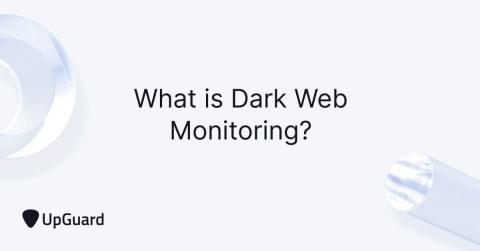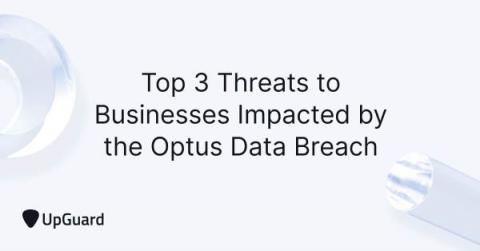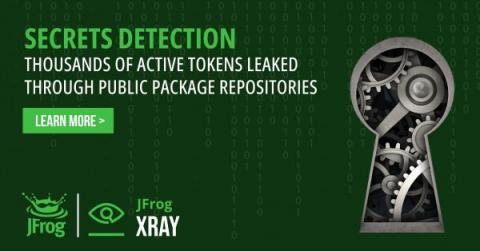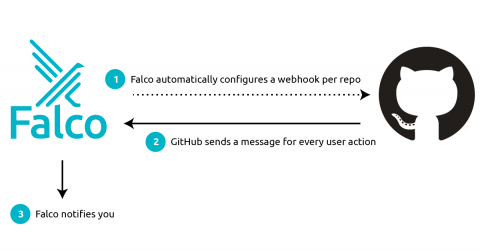What is Dark Web Monitoring? Tracking Data Leaks & Breaches
Dark web monitoring is the process of tracking your organization’s information on the dark web. Dark web monitoring solutions can scan through billions of pages on the internet to find leaked or stolen information, such as compromised passwords, credentials, intellectual property, and other sensitive data being shared and sold among cybercriminals operating on the dark web.











